Recall that In June 2022, the California Faculty Association (CFA) initiated a quest for fair compensation and improved working conditions, amplifying the voices of nearly 29,000 faculty and staff across the expansive California State University (CSU) system. The demands encompassed a spectrum of issues ranging from a 12% salary increase to extended paid maternal leave, lactation stations, manageable workloads, improved health and safety measures, and the implementation of gender-neutral restrooms. Notably, the initial offer of a mere 5% salary increase only served to intensify the brewing tension within the academic community.
December 2023 marked a pivotal moment as the CFA initiated a historic strike across all 23 CSU campuses, fueled by over six months of failed negotiations. The strike, initially planned for a week, aimed to address the widening gap between faculty expectations and the CSU’s proposals. The strike unfolded as the CSU system (representing the nation’s largest public four-year university) grappled with the potential loss of learning for nearly 460,000 students. Despite attempts to maintain normalcy, the impact on students became inevitable, drawing mixed reactions and fostering solidarity among the faculty and students alike.
The culmination of this protracted struggle emerged with a tentative agreement reached on January 22, 202. The agreement, now subject to a 76% approval vote by CFA members, promises significant improvements. These include raising the salary floor for the lowest-paid faculty, a 10% general salary increase over six months, increased parental leave, and steps towards addressing workload and mental health concerns, reflecting key victories for the CFA.
As the CFA members await the finalization of the agreement by the CSU Trustees in March 2024, the saga reflects a complex negotiation process, faculty solidarity, and the pursuit of a more equitable higher education system. The outcome stands as a testament to the resilience and determination of faculty members striving for improved working conditions and fair compensation within the California State University system. It is a narrative that underscores the intricate dance between academia and administration, shedding light on the challenges inherent in fostering a harmonious educational environment.
Jeffrey Newcomb, the president of the CFA East Bay chapter reflecting on the ratification of the tentative agreement remarked, “We can’t ignore the minority vote of no, because it is not inconsequential. It is a membership organization. We are concerned about the yes votes and what is meant by the no votes. But the overall result is a strong yes for the content of the agreement in significant measure. The offer sounds impressive compared to the initial offer that led to the strike.” These sentiments underscore the nuanced dynamics surrounding the approval process and the intricacies of addressing the multifaceted concerns of the faculty.
The collective bargaining process, which commenced in spring 2023, witnessed minimal progress over four public sessions. Frustration burgeoned among the CFA members, propelling them toward the precipice of a potential strike. By August, the bargaining process hit an impasse, necessitating mediation and subsequent fact-finding. The impending strike decision hinged on the outcome of the final proposals from both parties, setting the stage for a crucial vote scheduled for mid-late October.
Newcomb injected further insights into the aftermath of the strike, stating, “Some propose that we could have done better if we continued striking. The strike had a significant effect on the agreement we now have, not everyone agreed with the terms of that contract; some felt that if we were able to strike longer, it would’ve gotten better. But there is no hard evidence to suggest that indeed would happen, and a strike is something you do as a last resort, not what anyone really wants to do, and we cannot really afford a longer strike because, you know, we are a non-profit organization. Faculty are not well secured, and one day without income is not a good thing, and keeping it longer may not end well.”
Amidst the negotiations, the CSU system’s decision to increase tuition by 30% over five years in September added fuel to the fire. This move contradicted their commitment to providing affordable education, especially with a speculated $8.5 billion investment in the CSU system. The situation drew comparisons to the 2022 UC strike, emphasizing the potential magnitude of impact on the education landscape if a CSU faculty strike materialized.
Newcomb responded to concerns about student support, noting, “The level of student support was quite strong and essential; they were present on the strike day too. Students urged the CSU management to come to terms as soon as possible on our campus. That was extraordinary. A sense of belonging and making a difference that the strike brought about; we’ve only gone on strike on this campus once in 2011 for one day, and they gave in to what the union was looking for. This last one was much different and more significant. The strike brought a lot of faculty together in the rain that haven’t seen each other for a long time. We may not have gotten more and lose a sense of power and are not equipped to continue striking.” Faculty and also a member of the union Kevin Pina has been very vocal during the strike, emphasizing the faculty’s needs and the lack of concern from the csu system.
Newcomb also pointed towards possible renegotiations starting late 2024 for better terms and conditions for the faculty. The multifaceted nature of the struggle became increasingly evident, transcending mere monetary demands to encompass broader issues such as workload, mental health services, and parental leave.








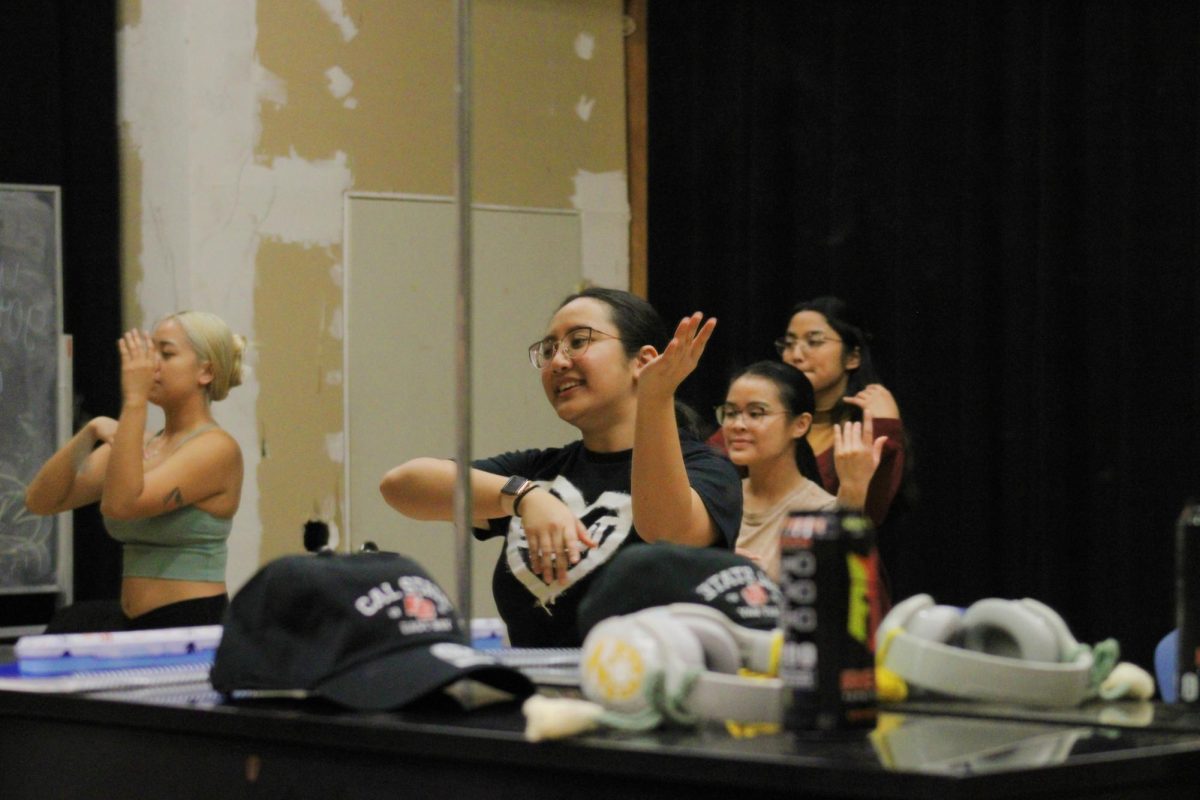



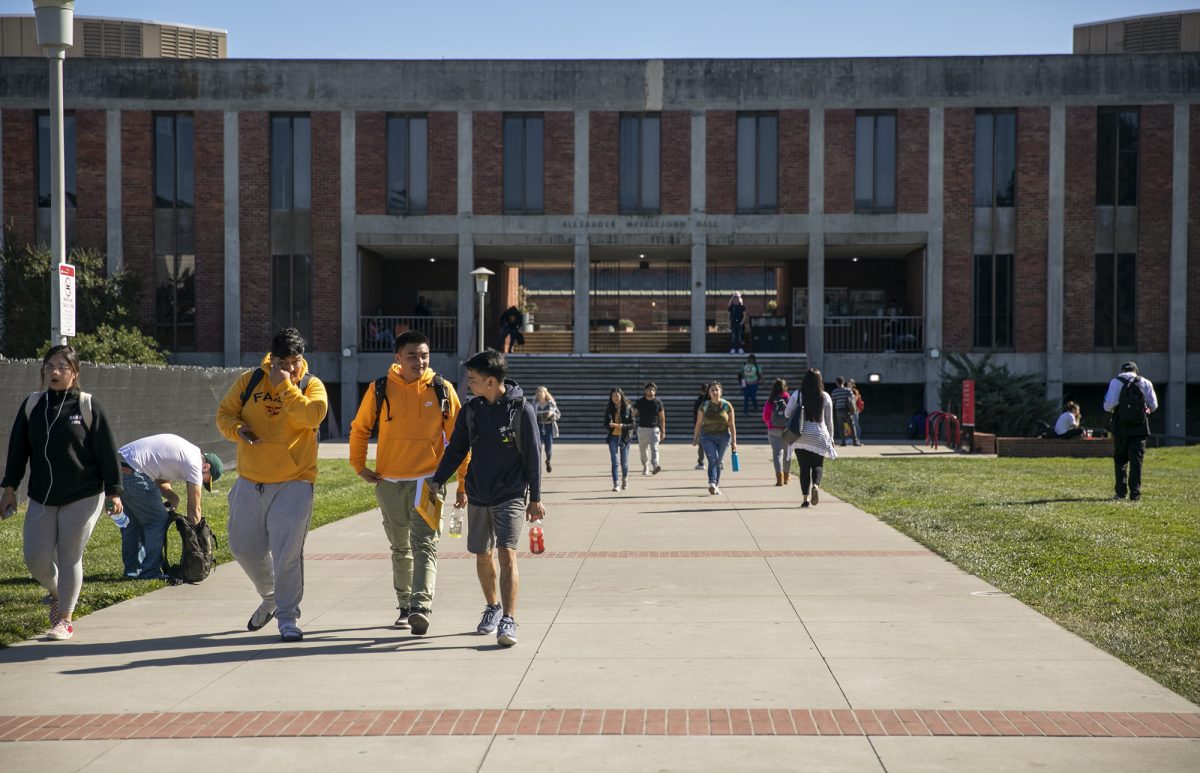
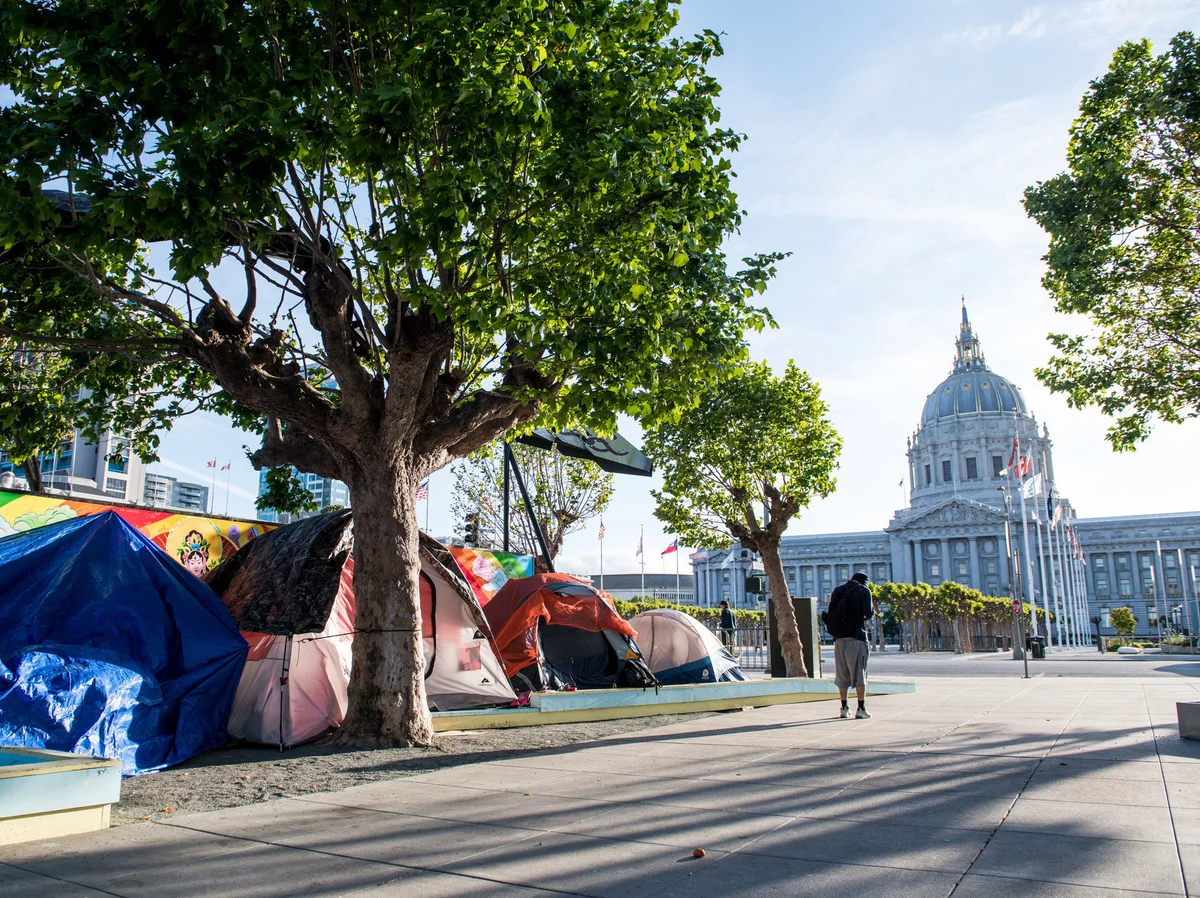

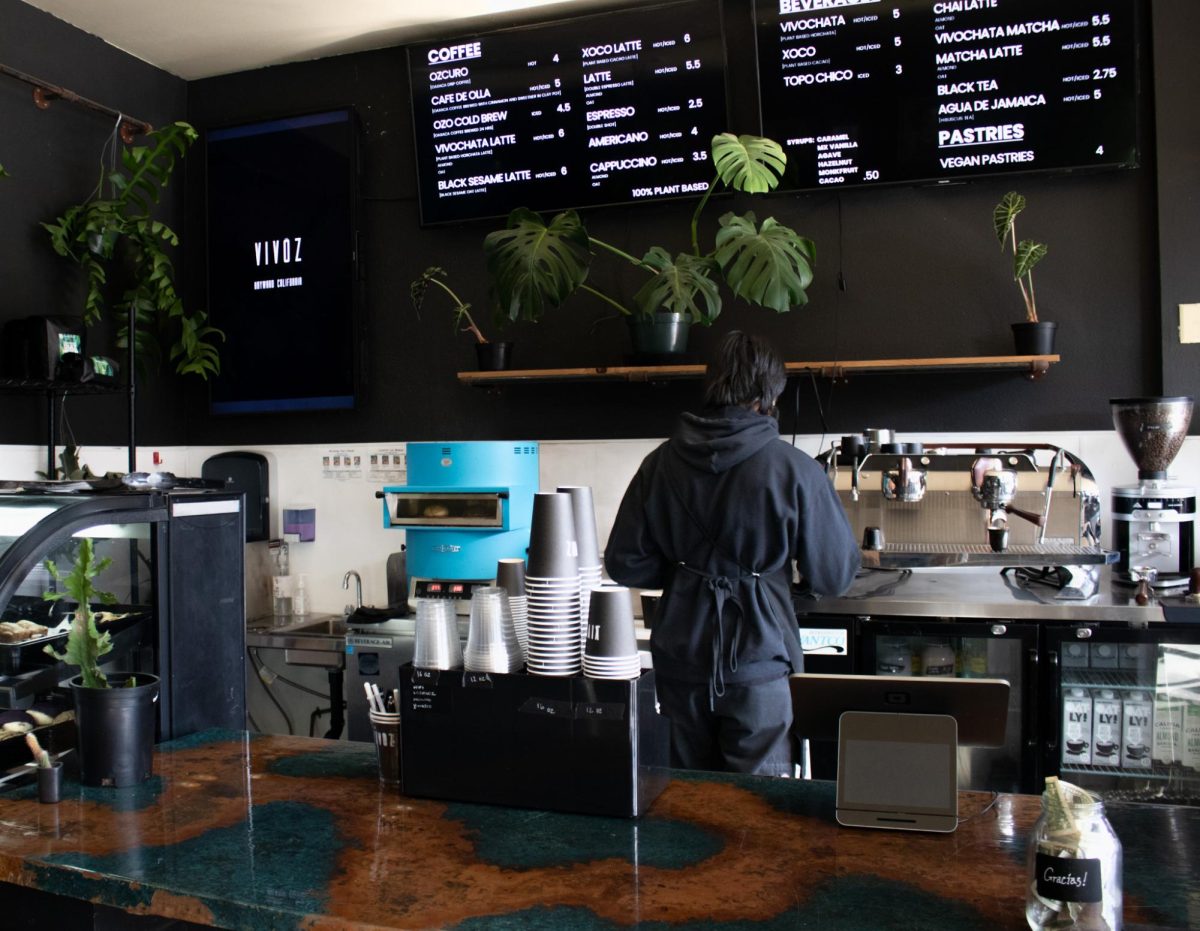

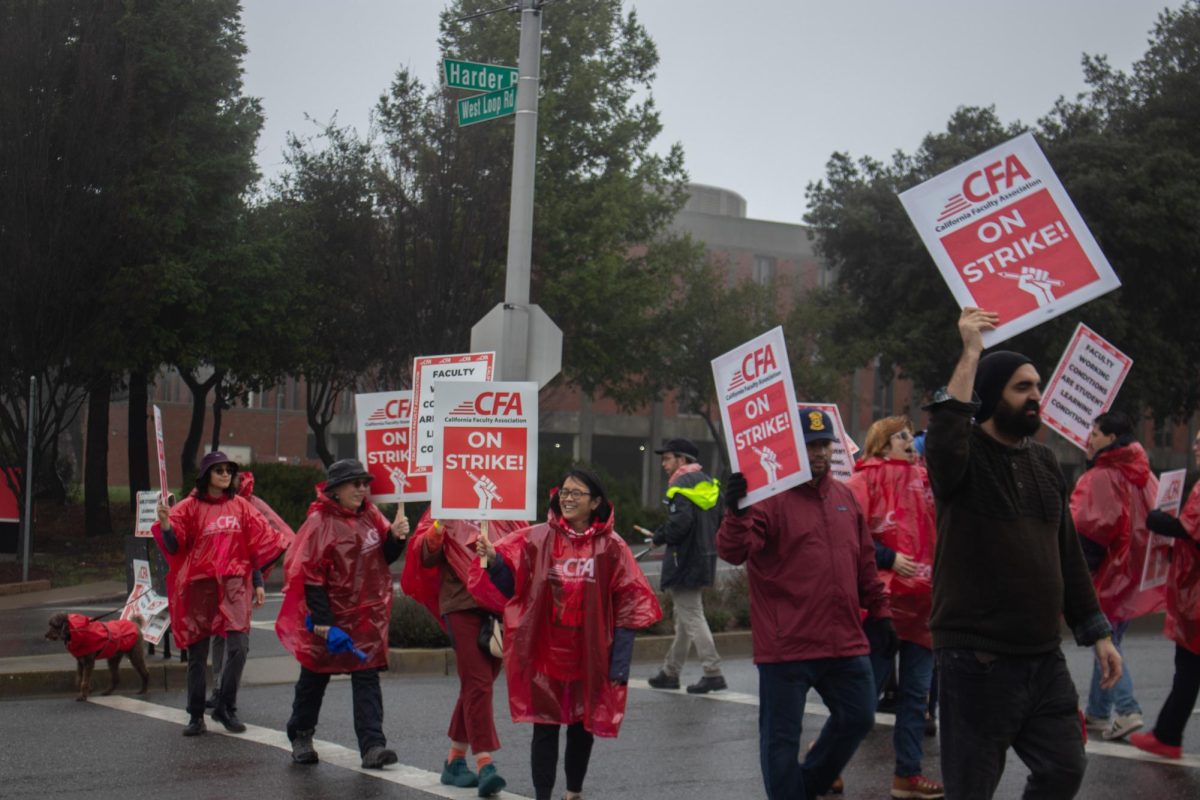
![Photo of fentanyl from the U.S. Drug Enforcement Administration (Photo courtesy DEA via Bay City News) [for education purposes only]](https://thepioneeronline.com/wp-content/uploads/2024/03/IMG_4583-1200x885.jpg)



